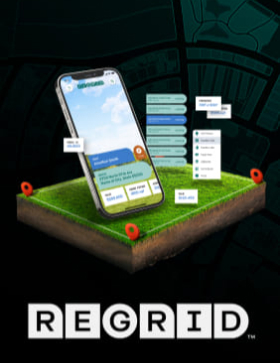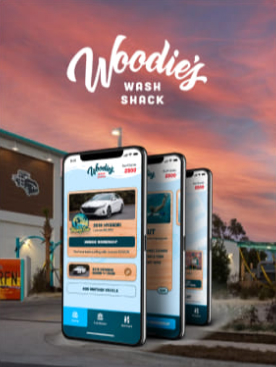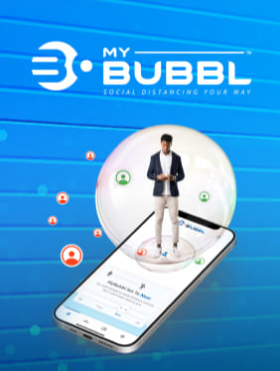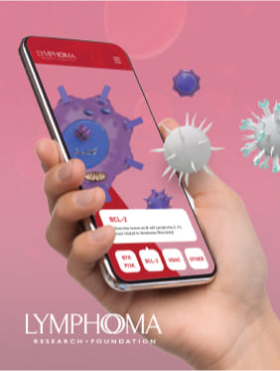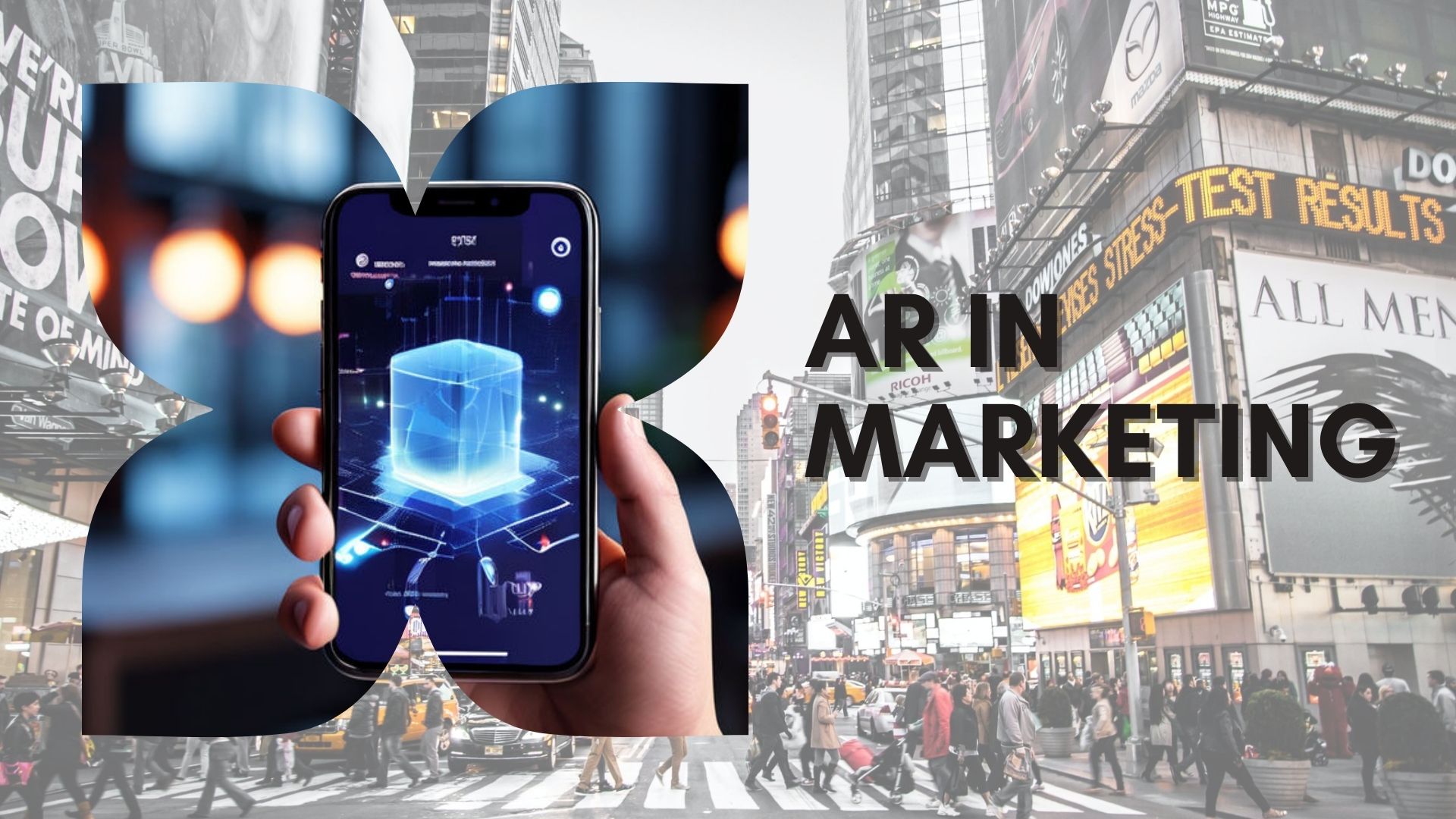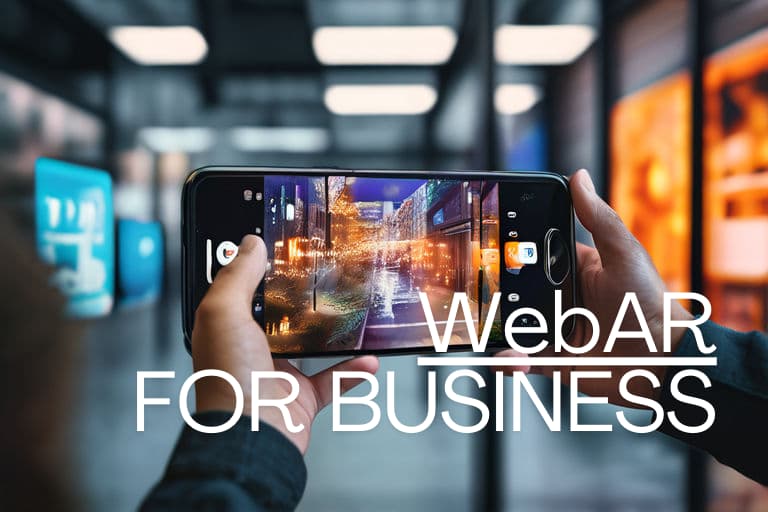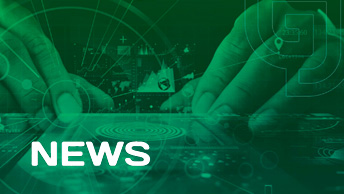
This week, we had the chance to answer a few great questions for an individual working on an interesting study. The study covers augmented reality, design and the future of the industry. We thought the questions provided a great insight into a bit about why it is that we do what we do — and our perspective towards our work each day, so naturally — we figured we’d share it with you!
Describe how you got to be where you are today by using song lyrics?
“Don’t Stop Believing” by Journey. This is not only cliche — but really, really valid — for two reasons:
- When we started out in 2009, we were trying to explain to people, not only how augmented reality would affect marketing, advertising, customer services (basically every industry and vertical), but also just simply what it was and how it worked. It was really hard for people to imagine digital information being merged into the real world all around us — even though media has long been merged around our lives in so many different ways. Without the visual or experience — people had a hard time making the connection. We never let that get us down, or force us to question what the technology was capable of. We knew it worked, because we were researching it and developing it right there in our office — we knew we were ahead of the curve, especially in the United States (it was adopted during the early stages seemingly faster in Europe than it was really in America) and just had to keep providing valuable use cases and examples — until people began to see the value and come to us, rather than knocking down people’s doors to explain what we’d developed.
- “Don’t Stop Believing” was a major hit from Journey — but the irony was it wasn’t the result of a bunch of big names and labels coming together and saying “We need to write a hit song.” According to the Time3 compilation, “Don’t Stop Believing” came to be at the band’s Oakland warehouse — out of an everyday rehearsal. For us, as a software design and development agency — as well as a research and development team, this really captures our culture. We’re a band of people who love design and technology and wake up every day rehearsing and studying how it can be made better. Our success isn’t by chance, but it’s a product of daily effort and “rehearsal” — not some big name investment or worldwide marketing campaign.
How would you describe Augmented Reality technology to someone who has never heard of or seen it ?
Augmented Reality is simply digital information and media (like directions, videos, 3D models and more) that is merged seamlessly into the real, live world around you. The most basic form of this could be considered the yellow line on the football field. It is digital information that isn’t really there — but using technology, it’s merged seamlessly appearing, functioning, and serving the same purpose as if it were actually there.
Where and how do you consume the majority of your media?
At Gravity Jack, most of our media is digested primarily through mobile technology, like smartphones, iPads and laptops. Of course, for work, media is digested on desktop computers and on occasion television/presentation screens.
What is your routine to finding and obtaining inspiration at the start of a project?
This may be one of the most inspiring parts of working with augmented reality technology and brands like Coca-Cola, TaylorMade, Boeing, etc…
When we’re approached by a client, in the past we were their first experience of augmented reality. We were literally right in front of them when they hit that “Whoa! This is huge!” moment. Now, when we’re approached, many clients have already heard of or experienced AR to some extent — and are already having that moment. Either way, that feeling is fresh in their minds and the creativity really drives itself — which is an amazing process to be a part of/in the room for.
We don’t have a “cookie cutter” way for approaching clients. We really pride ourselves on being an agency and team that listens first, and gets a clear understanding of the goals and hopes that each new client has. We find, when we do that, both side are then on the same page and get really excited about the possibilities. We hit the drawing board with them and it’s usually a very animated meeting, with a lot of excitement, drawing and “just get it down on paper” before we take a step back and begin prioritizing the approach.
Marketing is always changing, but has been pretty consistent for a while as far as what can be done. AR changes that. We have a passion for this stuff, and seeing brands (many of whom are led by marketers and executives who have been in the industry for a number of years and “seen it all”) get genuinely giddy about what their campaigns are going to be capable of and the experience they are going to be providing consumers is amazing.
Use your imagination to think of a new way that you would expect to consume your media in the future?
We believe wearable technology is the next step. Google Glass is a start, but it has a way to go, before it’s able to support the powerful range of opportunities with AR. Wearable technology will move information away from static smartphone screens and begin merging the information in our field of vision, wrists, car dashboards, etc… This obviously presents a MASSIVE user experience/interface feat, but it’s forcing us to reimagine how information is not only obtained, but presented to a user. AR glasses are almost certainly in the “mass adoption” future, with contact lenses capable of the same — already in research and development.
What motivated you to become part of the design industry?
The ability to present information using technology is one thing, but the user experience and how a user psychologically feels, digesting that information is far more critical. Our team is sincerely passionate about the way things are experienced — so much so that we couldn’t not be in design.
We’re spearheading a massive new technology and more important than what “apps” are on it, or how “cool” it is, to us — is how users feel while experiencing it. That’s what changes culture. There are far too many “software or web designers” out there today who are either just regurgitating trends that they’ve seen on design social networks, or are just trying to do way too much of a good (or in a lot of cases a not-so-good) thing — without considering the experience. Our passion is the science and the psychology that happens when a user is presented with something we’ve created. The fact that it matches current design trends and pop culture (for example, right now: clean, flat, and matches a color scheme) is simply the final polish.
What goals do hope to have reached by the end of your career?
The world of business is changing a bit. As far as brands and clients go, we hope as though we leave them feeling as though they have a dream team — almost a secret weapon — as the world of mobile technology moves forward. It can be daunting how fast technologies, mediums and marketing change — and we want to be someone who is an expert for them, and will be brutally honest and transparent about what’s best, when things change and move so fast. We want them to feel like we are always in their corner, when it comes to meeting their goals, objectives and growth — and after all that — just be a team that is simply fun to work with. Too many contractor/agency type relationships are dictated by “here’s the line” — we want to be the team that people actually enjoy working with, and do whatever we can to ensure that’s the case. Even if it means going above and beyond or coloring “outside the lines” sometimes.
As far as consumers — we want to offer the best experience possible, keep the learning curve as little and easy as possible, while blowing their minds at was is possible — all at the same time.
You are given the right to delete 1 medium forever which would it be and why?
Absolutely nothing. Mediums are essentially different languages of the design and technology worlds — and everyone is different in the way that they connect with and understand — whether it’s a language, technology or design. Just because one artist prefers canvas and oil, and another prefers Photoshop, doesn’t mean anyone has the right to remove either one. It all contributes. They’re all tools moving towards the future.
If you could go back in time and invent something from the present day what would you invent?
To be honest, something like irrigation or modern plumbing. It’s still an issue in many parts of the world. Smartphones are great, but when you bring about a change that increases the quality of life for people who have lived without something we consider to be expected conveniences, today — that’s immeasurable.
Choose any medium that you would be combined with?
Code! Regardless of the specific language, software is what we do and our team lives and breathes it. We have shipments of alphabet soup for the office that are custom made to only include H, T, M and L.
Do you consume more than you produce?
From a design/software perspective? It depends on your mindset. We use software at some point to create all of our designs, software, etc…so in essence, perhaps yes. We don’t see it as “consuming” and “producing” — but rather taking the existing history of software, hardware and design, and adding our unique talents, skills and passions to build an even better, more efficient future. It dates back to ancient times and we see ourselves as a step on that road. We hope future designers and developers will do the same. It’s always forward. Always better.
What would you consider to be the best way to showcase Augmented Reality pieces for example, installations, exhibitions etc?
This really depends on the use case. For some large displays, cameras and screens are best — but for an intimate user experience of a product, for example a TaylorMade driver (one of our past products) — something a little more personal, like a smartphone or iPad are best. Don’t want to circumnavigate the question, but legitimately, it’s a total “what is best for this specific goal?” situation.
How do you see Augmented Reality integrating with the design industry and in what area would the technology have its best foot hold?
As far as design, as mentioned above, it’s all about design offering a perfect user experience, so that the true power of the technology is able to be adopted.
Right now, AR is most heavily rooted in marketing and advertising — however, we see even stronger use cases in education, medicine, customer service, maintenance, location-based navigation and more.
At which point will Augmented Reality be consider a complete success?
With technology, there never is really a final day where we stamp the book and file it on the shelf. It’s an ever evolving process. Success will be when augmented reality — or a form of it — improves the life or experience of someone — in any way. Right now, doctors are already using augmented reality to provide better patient care — even being able to view patient medical information mid-surgery — allowing them to make split second decisions, far more informed. Not sure about you, but we’d say that’s already a pretty amazing and inspiring thing.
If you think the technology is already a success at what point did you consider it to have become a success?
See above.
The future of Augmented Reality seems to be bright but think of 5 scenarios that could lead to the downfall of the technology?
We honestly don’t see it failing, but rather some uses of it far succeeding other uses. The ones that fail, we believe will be due to a wide range of reasons, but some might include:
- Design that fails to consider the user experience
- Hardware (storage, memory, cloud connectivity, processing, etc…) that falls short of the technical/processing needs for this technology to reach full potential
- Use cases that ignore valuable content and purpose. Gimmicks don’t last.

